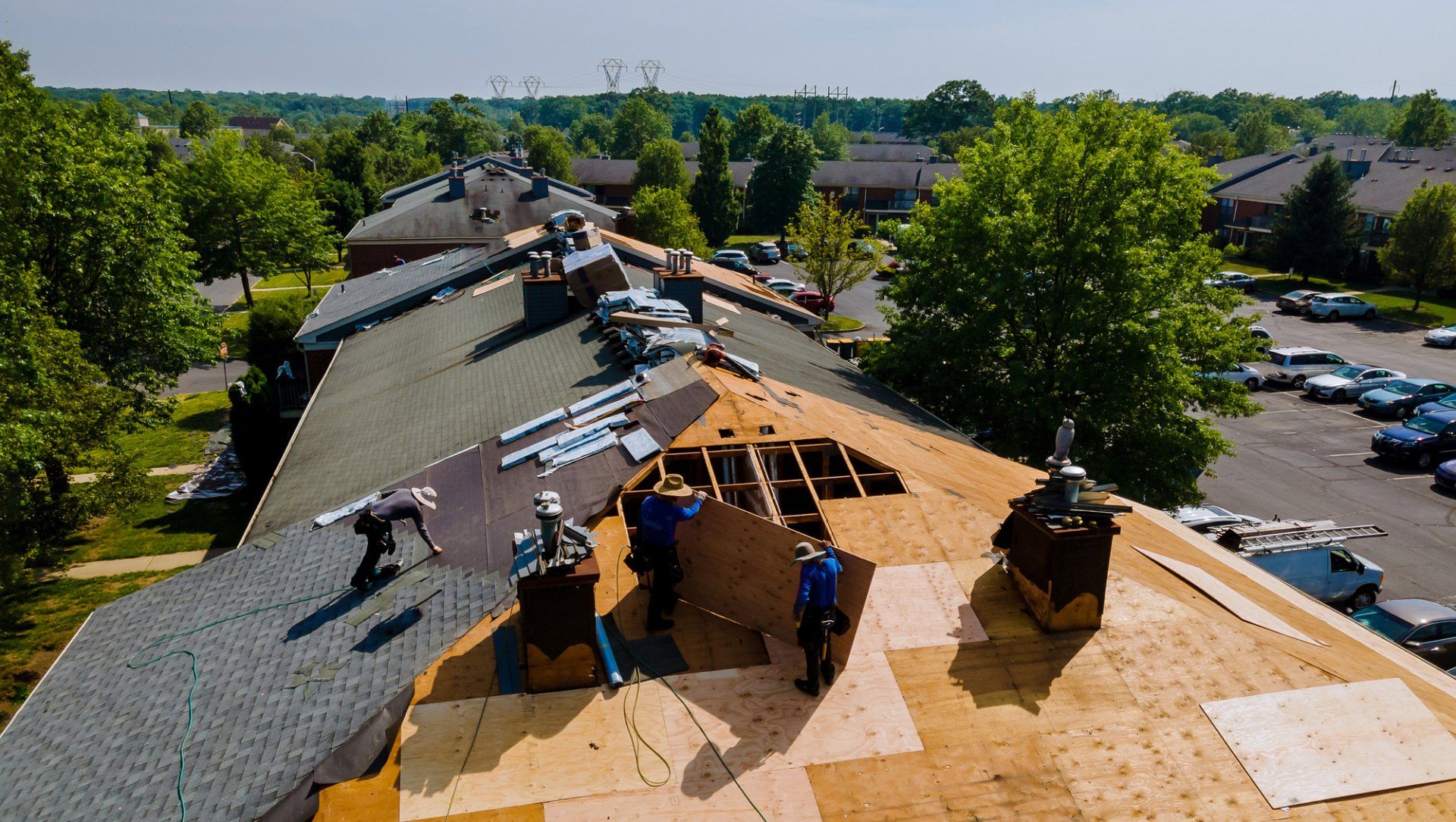Introduction
A leaky roof can be one of the most frustrating and costly issues a homeowner faces. Not only can it lead to significant water damage, but it can also create conditions for mold growth and roofing company compromise the structural integrity of your home. That's why knowing how to spot a leaky roof before it becomes a major problem is crucial for every homeowner. This comprehensive guide will delve into the signs of a leaky roof, preventative measures, and when to call in the pros.
How to Spot a Leaky Roof Before It Becomes a Major Problem
Detecting roof leaks early can save you time and money. Here are some practical steps to identify potential leaks:
Common Signs of Roof Leaks
Water Stains on Ceilings or Walls- One of the first signs of a leaky roof is water stains appearing on your ceilings or walls. These stains often present as brownish spots that indicate where water has penetrated.
- If you notice mold or mildew forming in your attic or along walls close to the roof, this may signal that moisture is getting in due to leaks.
- When paint or wallpaper begins to peel away from surfaces, especially near the ceiling, this could indicate trapped moisture from a leak.
- Missing, cracked, or curled shingles are red flags that your roof may not be functioning properly.
- If you have flat roofing, check for areas where water tends to pool after heavy rains.
Inspecting Your Roof
Regular inspections can help catch leaks before they escalate into major problems:
Visual Inspection from Ground Level- Use binoculars to examine your roof for any visible damage.
- Go into your attic during daylight hours; if sunlight seeps through cracks or holes, you may have a problem.
- Areas around vents, chimneys, and skylights are common points of entry for water; inspect these closely.
- Ensure that rain gutters are clean and functioning correctly; clogged gutters can lead to overflow and water intrusion.
Seasonal Checks
It's wise to conduct inspections during seasonal changes:
- Spring: After winter weather subsides, check for any damage caused by ice dams. Fall: Before winter sets in, ensure your roof is ready for snow loads.
The Role of Roofing Materials in Leak Prevention
Different roofing materials offer varying levels of protection against leaks:
Types of Roofing Materials
Asphalt Shingles- Popular due to their affordability and ease of installation but prone to wear over time.
- Known for durability and longevity but require proper installation to prevent leaks at seams.
- While aesthetically pleasing, tile roofs can crack under impact; regular maintenance is key.
- Commonly used in commercial settings; they require careful installation and maintenance to avoid leaks.
- Highly durable but more expensive; ensure professional installation for maximum effectiveness.
When Should You Call a Roofer?
If you notice significant issues during your inspections or if leak symptoms persist despite DIY efforts:
- Consider hiring local roofers who specialize in residential roofing. Ask about their experience with different types of roofing materials. Request estimates on repair versus replacement costs.
Preventative Measures: Maintaining Your Roof
Taking proactive steps will minimize future headaches:
Regular Maintenance Tips
Clear Debris from the Roof and Gutters- Leaves and branches can trap moisture against roofing materials leading to deterioration.
- Prevent branches from scraping against shingles during storms which can cause damage over time.
- Have an expert roofer inspect your roof at least once a year—twice if you live in an area prone to severe weather conditions.
Investing in Quality Roofing Materials
When installing a new roof, consider high-quality materials that offer better warranties:
- Look into options like metal shingles or rubber roofing which may provide better resistance against leaks compared to traditional asphalt shingles.
FAQs
Q1: How do I know if my roof needs replacing?
A1: If you're facing frequent repairs, have extensive shingle damage, or notice significant sagging in the structure, it might be time for a new roof.
Q2: What should I do if I find a leak?
Q3: Can I repair my own leaky roof?
A3: Minor repairs such as replacing missing shingles can often be done DIY; however, it's best not to attempt complex fixes without experience as improper repairs may worsen the issue.
Q4: How much does it cost to repair a leaky roof?
A4: Costs vary widely based on severity—ranging from $100-$1000—depending on location and type of roofing materials involved.
Q5: Are there any warranties on roofing services?
A5: Most reputable roofing contractors offer warranties—typically ranging from 5-20 years depending on material quality and workmanship guarantees.
Q6: What happens if I ignore my leaking roof?
A6: Ignoring leaks can lead not only to extensive interior damage but also structural issues requiring costly repairs down the line.

Conclusion
Identifying how to spot a leaky roof before it becomes a major problem is an essential skill every homeowner should possess. By systematically checking for warning signs like stains on ceilings or damaged shingles and maintaining regular inspections with trusted roofing contractors, you can prevent small issues from turning into catastrophic failures that require major investments in repair or replacement down the line.
When it comes down to protecting one of your most significant investments—your home—don’t take chances with subpar maintenance practices! Remember that being proactive now will save you time—and money—in the long run!